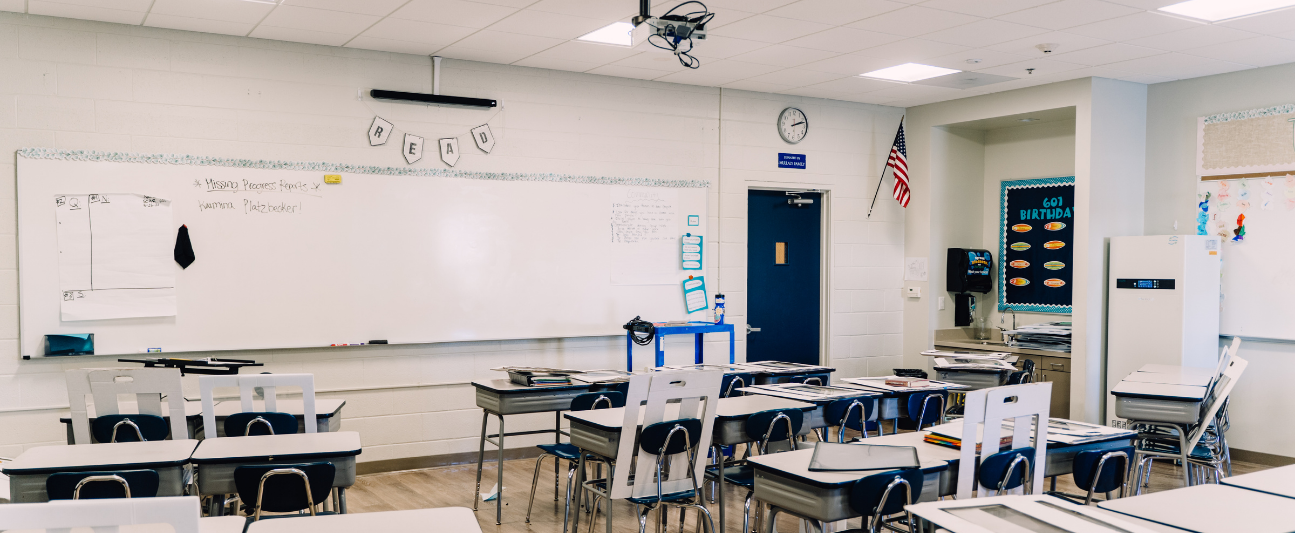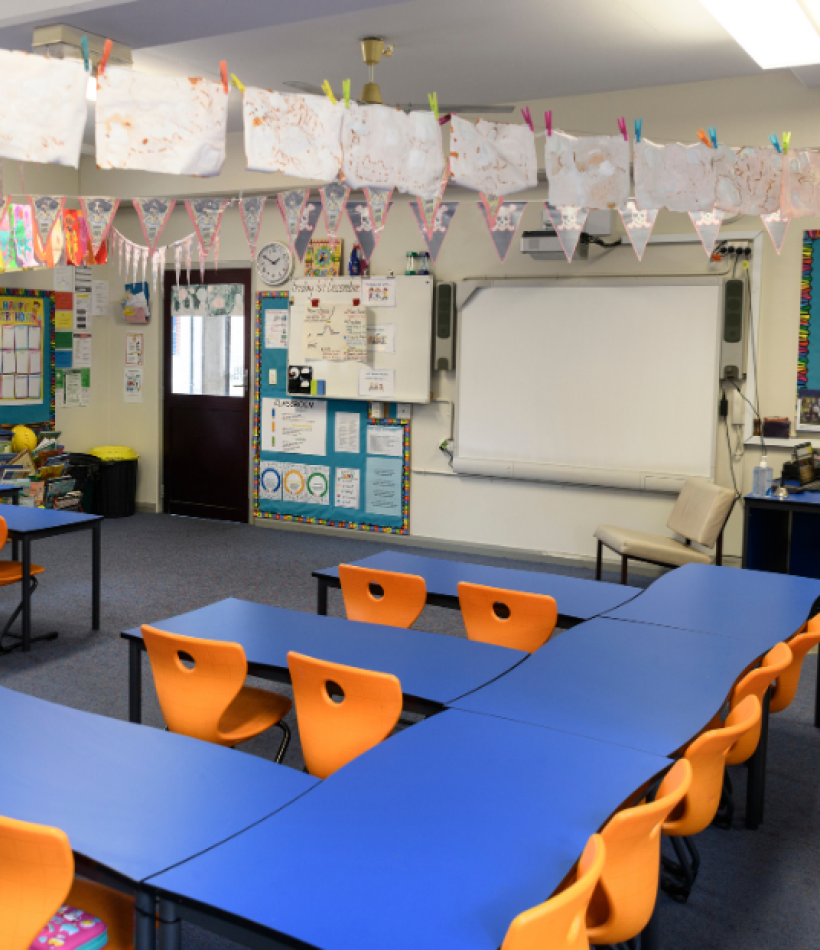Keeping Schools Safe: The New Era of Communication
We’ve all said it at some point: “Remember back in the day?”
When we were children, we’d knock on each other’s doors and take the chance that they were free to come out and play, no mobiles, no group chats, just good old-fashioned face-to-face interaction. Communication was simpler then. And in schools? Much the same.
If a child was off sick, a parent would ring the school office. The administrator might jot it down in a ledger, or perhaps just remember it. One phone call. Job done.
Fast forward to today, and that humble phone call has evolved into something far more complex and far more critical. School communications are no longer just about attendance; they help in keeping schools safe. They’ve become their own ecosystem, covering safeguarding, compliance, wellbeing, and increasingly, preparedness for emergencies we hope never happen.
We’ve witnessed this transformation firsthand, as parents ourselves, through conversations with schools, and in the wave of new policies being introduced. It’s not just about upgrading technology, it’s about being ready for whatever might come. From evolving safeguarding protocols to landmark legislation like Martyn’s Law, schools face growing expectations to be responsive, resilient, and genuinely prepared.
The goal, though? That remains unchanged: keeping students and educators safe, everyone informed, including parents, and feeling supported.

How Martyn’s Law affects Schools and where communication fits in
Martyn’s Law, formally the Terrorism (Protection of Premises) Act 2025, received Royal Assent in April 2025 and is now in a 24-month implementation period. The legislation aims to improve security preparedness across the UK by requiring public venues, including schools, to have proportionate plans in place for potential terrorist threats.
Most schools expecting 200 or more people fall under the Standard Tier, which includes the majority of early years, primary, secondary, and further education settings. Smaller schools are encouraged to adopt preparedness measures voluntarily.
Government guidance outlines four key areas schools need to consider:
-
Evacuation – safely moving people out of the building
-
Shelter in place – relocating people to a secure space inside
-
Lockdown – securing the site against intruders
-
Communication – delivering clear, timely messaging during emergencies
That last one, communication, is often the tricky one to get right, especially under pressure.
Effective emergency communication must reach everyone quickly and clearly. That means thinking about how alerts are delivered: can they be seen as well as heard? Do they account for SEND students, those with hearing impairments, or children who’ve experienced trauma and might respond differently to sudden alarms?




Uncomfortable Reality: Addressing Knife Crime in Schools
In September 2025, the UK Government released Schools’ response to knife crime in schools. Here we summarise the key takeaways and what it could mean for you.
Knife crime in UK schools is increasingly seen as part of a broader safeguarding challenge, linked to gang culture, mental health, and social vulnerability. Schools rarely have standalone knife crime policies; instead, they embed them within wider safeguarding frameworks. Staff report rising responsibilities and limited capacity, with incidents more likely off-site but growing concern about on-site risks. Prevention efforts vary based on school type, local context, and relationships with police, while pupil-level risk factors include SEND, substance use, and exposure to exploitation. Schools also highlighted the need for clearer DfE guidance, easier access to external support, and better ways to engage parents and communities.
The role telephony can play:
Modern telephony systems can help bridge critical safeguarding gaps in UK schools. They enable rapid alerts to designated leads, discreet reporting channels for students, and secure documentation of incidents. Automated messaging supports calm, consistent parent engagement, while integrated communication with police and youth services ensures swift coordination. As schools juggle growing safeguarding demands, these tools offer a practical way to strengthen early intervention, streamline multi-agency response, and ensure no warning sign is missed.
The good news is that modern communication platforms like Evoke Telecom School Connect don’t require schools to start from scratch; they can integrate with existing infrastructure, including sounders, visual indicators, and broadcast systems. It’s about having the right tools in place before they’re needed, so that when it matters most, the message gets through clearly, quickly, and to the right people.
We’re here to help
Every school’s situation is different, and there’s no one-size-fits-all answer to emergency communication. If you’d like to talk through what Martyn’s Law means for your setting, or just explore what’s possible, we’re here to help. Contact us xxxx.
This is just the start. Over the next few weeks, we’ll be sharing more on school communication, safeguarding, and the practical realities of keeping everyone safe and informed. Stay tuned.